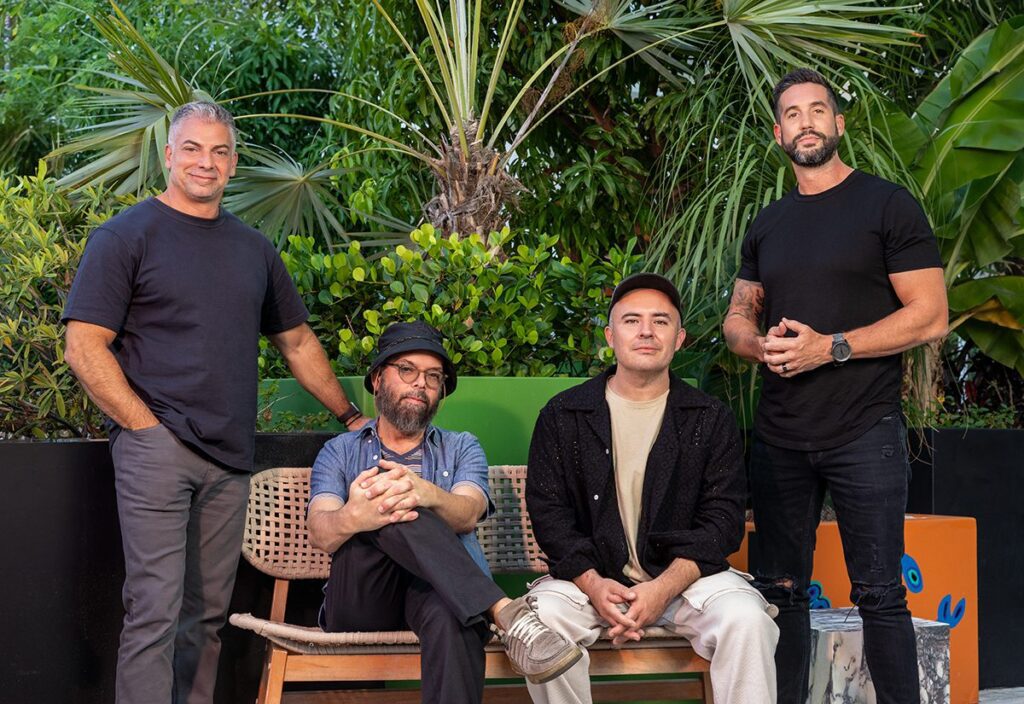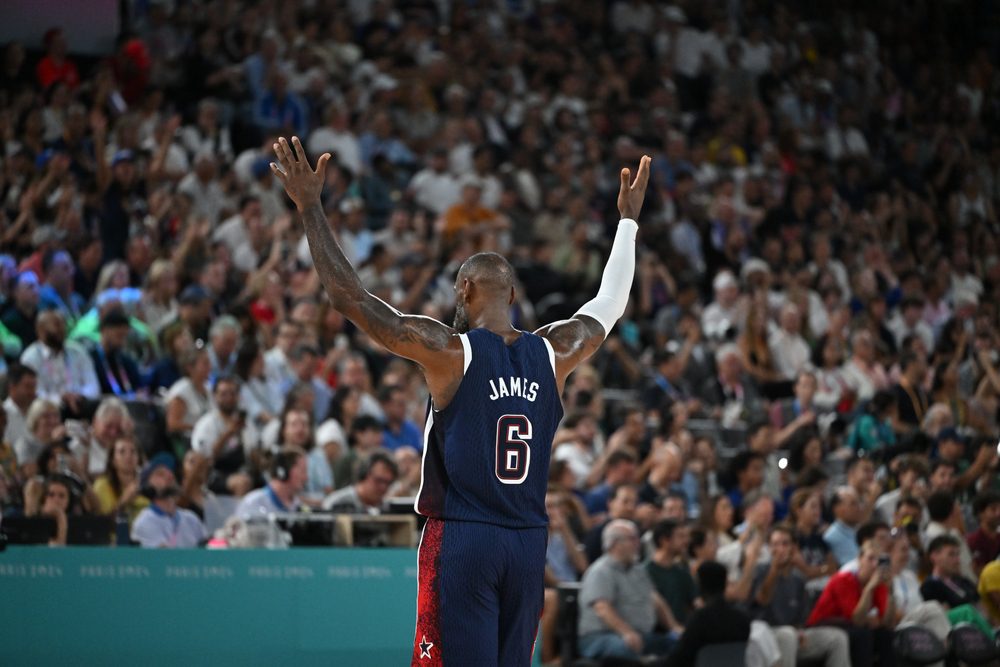Sponsorship spending showed a healthy uptick in 2003, jumping 6.2% to $9.8 billion, from $9.4 billion in 2002, according to Chicago-based IEG, Inc. But while the spending patterns may have looked liked the good old days, there were some added elements this industry segment had not seen before.
“We’ve seen companies like the Coca-Colas and Bank of Americas of the world come to the realization that they should not necessarily spend money on more sponsorships, but rather spend their money more wisely, back up their decisions with research, and activate their sponsorships in an integrated media campaign,” explains Jim Andrews, IEG senior VP. “IBM and others have trimmed down on the amount of sponsorships they pursue, but are concentrating more on activating the ones they’re keeping. All these companies would agree that their goal is to spend less on the sponsorship rights fees and more on the activation.”
Andrews cites the Bank of America sponsorship of PGA Tour events. The bank “upgraded the experience” of the hospitality tent by creating a faux-clubhouse atmosphere, dubbed “Hogan’s Alley” in homage to golfing legend Ben Hogan, complete with carpeting and leather sofas reminiscent of an exclusive club. The sponsor was able to achieve activation through differentiation, but the effort didn’t stop there.
“On the back end, Bank of America committed to doing more tracking and research into just who the right customers are to bring to these events. They have very strict systems to determine who is invited, non-transferable tickets and a very vigorous tracking system after the event to see if the invitation actually resulted in more business,” Andrews explains.
Sponsorship grew significantly in the entertainment category, particularly in the music arena.
Companies sought to activate entertainment sponsorships in innovative ways in 2003, as evidenced by Reebok’s launch of the first-ever signature line of athletic apparel that is not under the name of an athlete. Although it’s almost 20 years since Run DMC first rocked the mic in tribute to their Adidas, Reebok was the first company to cash in on rap cache for a shoe promotion by signing Jay Z to a sneakers deal. Essentially, Reebok moved music sponsorship out of the arena, and into the shoe store.
This sort of upgraded activation was the hallmark of 2003. It became possible only because setbacks in the music industry led to slashed marketing budgets and left record companies much more amenable to new ideas from sponsors. At the same time, sponsors came up with new ideas hoping to maximize ROI.
Although sports-related sponsorship was, and continues to be, a sponsorship juggernaut, entertainment was where the new trends arose. AT&T Wireless’ relationship with American Idol blurred the traditional lines of sponsorship with cell phone-based trivia games and interactive voting.
Product placement deals on Fox TV’s 24 dodged sponsorship boundaries. Previously, sponsorship of broadcast media properties was limited to a billboard at the onset of the show. Ford, however, sponsored an ad-free episode of 24 with two three-minute spots opening and closing the episode; the main character, Jack Bauer, drove a Ford Expedition for the full hour.
Innovative activation, blurred lines of sponsorship, solid back-end research and measurement helped the sponsorship industry grow in 2003 and we can look for more of the same in 2004.
SNAPSHOT 2003
- Total spent: $9.8 billion (up 6.2% for year)
- Product placement becomes more innovative
 Network
Network

